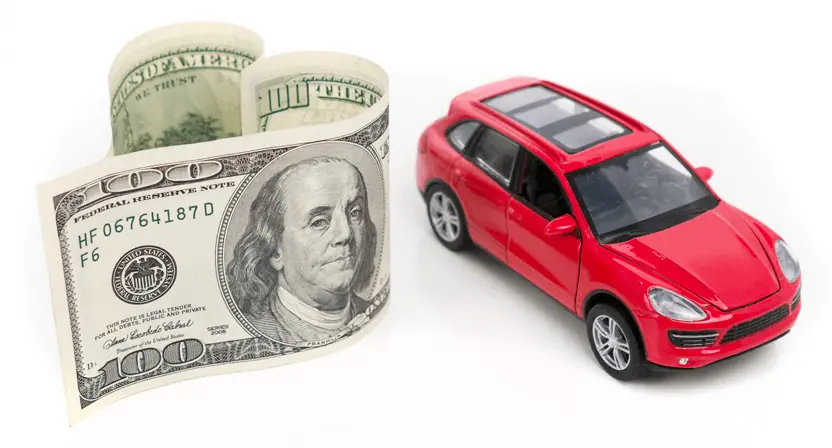The value of your car isn't the only determining factor. Learn more about the many other variables that come into play when shopping for full coverage auto insurance and tips for controlling your costs.
What is Liability Insurance?
updated: Apr. 11, 2016 –
In virtually every jurisdiction in the United States, you must show proof of insurance on your vehicle to legally be out on the road and the minimum type of insurance required to legally drive is always liability insurance. This type of coverage covers your legal liability if you cause an accident to the extent of the limitations you put on it when you bought the policy.
What Does Liability Insurance Cover?
Let’s say that you run a red light and crash into another vehicle. Besides damage to the other driver’s car, the driver also incurs minor injuries that need medical treatment.
Under the law, you are legally liable (responsible) for paying the other person’s expenses because you were the cause of the accident. Liability coverage pays for those expenses and helps protect you from not only having to pay enormous expenses out of your pocket but also can help keep you out of court. So, essentially, liability insurance pays for property damage (PD) and bodily injury (BI) to another party.
What Does It Not Cover?
Liability insurance does not cover any of your own expenses. If you cause an accident and your own vehicle is damaged and/or you sustain injuries that require treatment, none of those costs are covered by liability insurance alone—you have to pay out of pocket. Likewise, liability does not cover costs caused by other causes such as fire, weather, theft or vandalism.
As such, liability coverage is just one facet of a good full coverage policy. Any basic full coverage policy will also include collision coverage (covering auto repair or replacement as well as bodily injury expenses to you and your passengers) and comprehensive coverage (covering costs from things such as falling objects, vandalism, theft, weather, etc.). With these three key elements, a full coverage policy can take care of the most common expenses related to collisions and other accidents involving your or another’s vehicle.
What Are the Limits of Liability Coverage?
With liability coverage—or any other type of insurance for that matter—the sky is definitely not the limit. A policy limit is simply the maximum amount that the insurer will pay for a particular type of coverage.
It’s important to know what your state’s minimums are for liability coverage, something your insurance agent should be able to tell you. But in some cases, state-mandated minimums are far below what the industry recommends for adequate liability coverage.
Here are the liability limits that are recommended no mater what state you live in:
- $100,000 for bodily injury (per individual)
- $300,000 for bodily injury (per accident)
- $100,000 for property damage (per accident)
To achieve these levels of coverage, you will need to decide if you want to go with high monthly premiums or try to lower them by raising your deductibles.
A deductible is the amount you must pay up front before your insurance coverage kicks in. A high deductible lowers your monthly premiums but also means you will end up paying more of your own pocket if you cause a minor accident. However the benefit to choosing high limits over low deductibles is you are much better protected in a worse-case-scenario.
This is an over-simplification, but consider this example:
If you buy a policy that has high deductible set at $2,000 and cause an accident that made you responsible for $300,000 in damages, but your limits were set above $300,000, you would only be out $2,000. Even though no one likes to get a $2000 bill, consider the alternative.
If you buy a policy that has a low deductible set at $200 and your liability limits are also set low, totaling only $30,000 — a $300,000 accident would leave you with a $270,200 bill to pay! A bill like that would not just be unpleasant, it could put you in debt for the rest of your life.
This is why, if your goal is to lower your car insurance bills, it is recommended to achieve it via higher deductibles as opposed to lower limits.
Having higher deductibles is a bet that you won’t cause a lot of fender benders, while being protected from bankruptcy if you are unlucky enough to cause a major accident.
Conversely, if you are worried about not being able to cover a high deductible, a higher monthly premium may be the more logical choice.
As always, consider your driving habits and geographical location. Do you drive very little in a rural area where the risk of an accident is somewhat low? You may be comfortable with a higher deductible and slightly lower limits if you want to bet on your low risk. On the other hand, if you drive 20,000 miles per year as a sales rep, your risk of an accident is much higher, and higher monthly premiums may give you the peace of mind you need.


